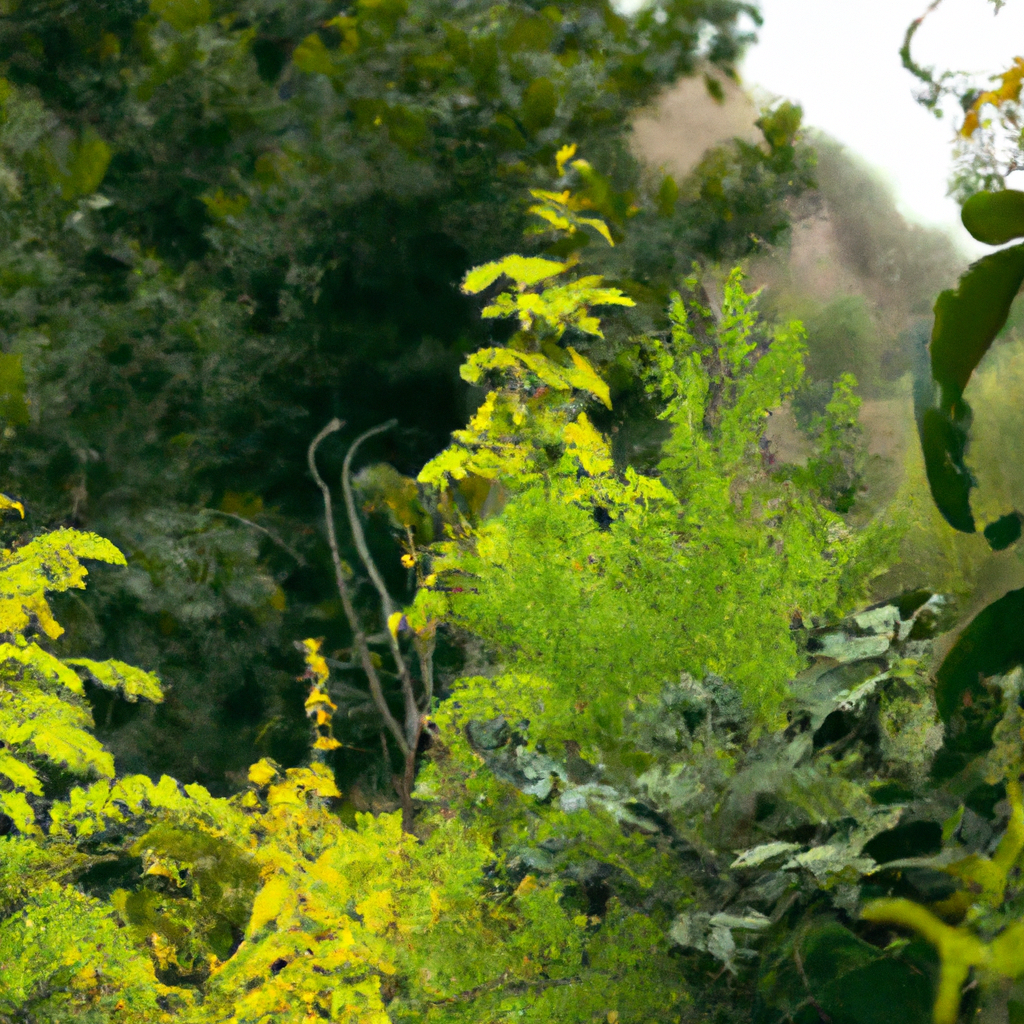Native plant gardens are an excellent way to create an eco-friendly and sustainable backyard habitat for pollinators and wildlife. Green gardening has become increasingly popular in recent years, and planting native plant species is one of the best ways to support environmental conservation efforts. In this article, we’ll go over some gardening tips on how to start a native plant garden in your backyard.
1. Choose the right location
The first step in creating a native plant garden is to choose the right location. Native plants typically thrive in areas that receive full sun, so look for a spot in your yard that gets at least six hours of direct sunlight per day. Ideally, the location should be flat or gently sloping, with well-drained soil. If your yard has poor soil quality, you can improve it by adding organic matter, such as compost, to the soil.
2. Research native plant species
Next, research native plant species that are suitable for your region. Native plants are adapted to the local climate and soil conditions, making them easier to grow and maintain. You can find a list of native plant species for your area online or by contacting your local gardening center or conservation organization. Make sure to choose a variety of plants that bloom at different times of the year, so that your garden can provide food and shelter for pollinators and wildlife throughout the growing season.
3. Prepare the soil
Before planting, prepare the soil by removing any weeds, rocks, or debris. Loosen the soil to a depth of at least 12 inches, and mix in compost or other organic matter to improve soil structure and fertility. Consider adding a layer of mulch around your plants to help retain moisture in the soil and suppress weeds.
4. Plant your native plants
Now it’s time to plant your native plants! Dig a hole that is twice the width of the plant’s root ball, and gently remove the plant from its container. Loosen any tangled roots and place the plant in the hole, making sure that the top of the root ball is level with the soil surface. Fill in the hole with soil, and water thoroughly. Make sure to space your plants according to their mature size, so that they have enough room to grow and spread.
5. Care for your native plant garden
Once your native plant garden is established, it’s important to care for it properly. Water your plants regularly, especially during dry spells, and fertilize them with a slow-release fertilizer in the spring. Prune your plants as needed to remove dead or damaged branches, and to maintain their shape and size. Consider leaving some plant debris, such as fallen leaves or dead stems, in your garden to provide shelter for wildlife.
In conclusion, starting a native plant garden is a great way to support environmental conservation efforts and create a sustainable backyard habitat for pollinators and wildlife. By choosing the right location, researching native plant species, preparing the soil, planting your plants, and caring for your garden, you can create a beautiful and eco-friendly landscape that will benefit your local ecosystem for years to come.







